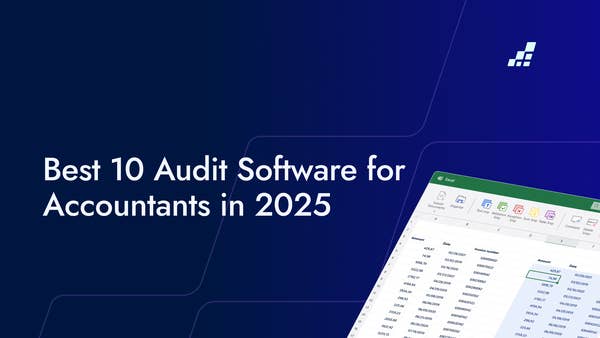- /
- Blog
Understanding the Right of Use Asset

As business practices evolve and change, so does the need for financial and accounting methods. A term that’s become more important recently is the “right of us asset”. Though it sounds a little vague, it’s actually a crucial part of today’s accounting, especially for leases.
New accounting rules have put a spotlight on the right of use asset. So, it’s important to grasp what it actually means, how to figure it out, and what it does to financial statements.
Let’s break it down.
Defining the Right of Use Asset
Essentially, the right of use asset shows what a renter can use during the lease. It's like the value of what they're allowed to use over the lease time.
Why the Right of Use Asset is Important?
Calculating the Right of Use Asset
Figuring out the right of use asset can be tricky because it includes many things. But it's crucial for financial reporting.
First, it starts with the lease liability amount. Then, you add any payments made before the lease starts and any initial costs. You also estimate the costs for dismantling and removing the underlying asset.
Depreciation of the Right of Use Asset
Similar to how other assets lose value over time, the right of use asset also undergoes depreciation during the lease period. Usually, this depreciation is figured out evenly over the lease term, following a straight-line method.
However, if it's pretty sure that the renter will own the leased thing by the lease's end, then the right of use asset gets depreciated over the time the thing will be useful.
Impact on Financial Statements
Adding the right of use asset to the balance sheet really shakes up a company's financial statements. It boosts both the total assets and total liabilities, which can change important financial ratios like how much debt the company has compared to its equity, and its current financial health.
Plus, the depreciation of the right of use asset and the interest on the lease liability show up in the income statement. This affects how profitable the company looks on paper.
Implications for Stakeholders
The right of use asset carries weighty implications for different folks involved. Investors and lenders get a clearer picture of what a company owes financially. For those leasing, it might affect how much they can borrow since it boosts both what they own and what they owe on paper.
Auditors and regulators face fresh challenges in checking if these calculations are correct and if companies are following the new accounting rules.
How can DataSnipper help?
Calculating the right of use asset under IFRS16 gets more complicated as you deal with more leases. This inevitably calls for scalable solutions.
The flexibility of Excel combined with the power of DataSnipper’s Intelligent Automation platform is the perfect solution here.
With DataSnipper, you can scan contracts and get all the important info in seconds. Plus, connect all of the relevant data with an easy-to-view audit trail.
FAQs
How does right-of-use asset work?
The right-of-use asset represents a lessee's right to use a leased asset. It's recognized on the balance sheet alongside a corresponding lease liability. Initially measured at the present value of lease payments, it's then depreciated over the lease term, impacting financial statements.
How do you depreciate a right-of-use asset?
- Subtract any residual value from the initial value of the asset to find the depreciable amount.
- Divide the depreciable amount by the length of the lease term to get the annual depreciation expense.


.png?width=600&quality=70&format=auto&crop=16%3A9)